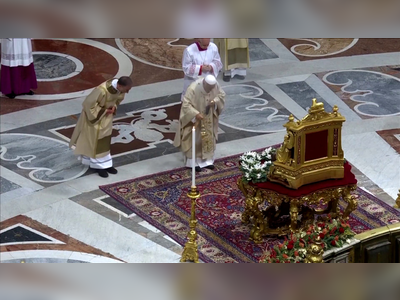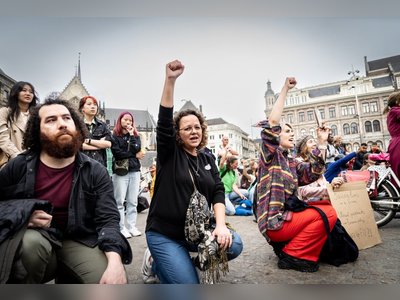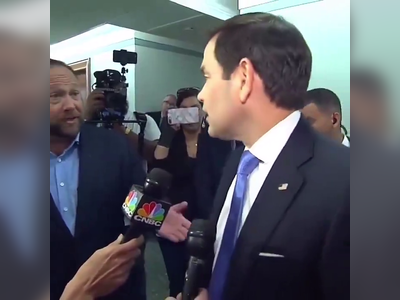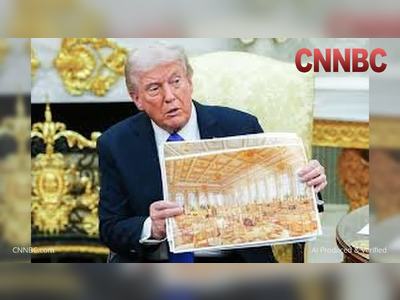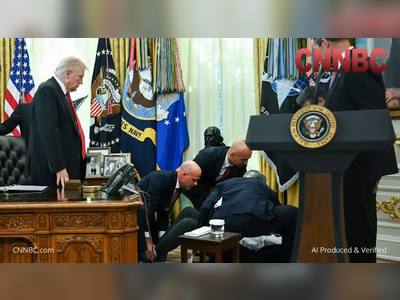
Labour Party Ends Conservative Era: Key Moments of Conservative Rule in the UK
Labour's Victory Marks the End of 14 Years of Conservative Governance
Britain's Labour Party has ended a 14-year Conservative rule in the UK with a significant victory in the parliamentary election. This period, spanning four terms under five prime ministers, was marked by major political events and shifts.
In 2010, the Conservative Party led by David Cameron won the most seats but not an overall majority, leading to the first coalition government since 1945 with the Liberal Democrats. In 2014, the Scottish referendum resulted in a 55%-45% vote against independence, maintaining the UK’s unity.
The 2015 election saw Cameron secure an unexpected majority, leading to his promise of an EU referendum. The 2016 Brexit vote resulted in a 52%-48% decision to leave the EU, prompting Cameron’s resignation and Theresa May’s succession. May's 2017 snap election gamble backfired, resulting in a loss of majority and a coalition with Northern Ireland's Democratic Unionist Party.
In 2019, May resigned due to Brexit deadlock, and Boris Johnson took over, leading the Conservatives to a sweeping win with the slogan 'Get Brexit Done'. The UK officially exited the EU on January 31, 2020. Johnson’s tenure saw him handle the COVID-19 pandemic but end with his resignation in July 2022 due to scandals. Liz Truss succeeded him but resigned after 44 days following a failed mini-budget. Rishi Sunak then became prime minister in October 2022, promising stability.
Trailing in the polls, Sunak called for an election in May 2024, which Labour, led by Keir Starmer, won, marking the end of the Conservative era.
In 2010, the Conservative Party led by David Cameron won the most seats but not an overall majority, leading to the first coalition government since 1945 with the Liberal Democrats. In 2014, the Scottish referendum resulted in a 55%-45% vote against independence, maintaining the UK’s unity.
The 2015 election saw Cameron secure an unexpected majority, leading to his promise of an EU referendum. The 2016 Brexit vote resulted in a 52%-48% decision to leave the EU, prompting Cameron’s resignation and Theresa May’s succession. May's 2017 snap election gamble backfired, resulting in a loss of majority and a coalition with Northern Ireland's Democratic Unionist Party.
In 2019, May resigned due to Brexit deadlock, and Boris Johnson took over, leading the Conservatives to a sweeping win with the slogan 'Get Brexit Done'. The UK officially exited the EU on January 31, 2020. Johnson’s tenure saw him handle the COVID-19 pandemic but end with his resignation in July 2022 due to scandals. Liz Truss succeeded him but resigned after 44 days following a failed mini-budget. Rishi Sunak then became prime minister in October 2022, promising stability.
Trailing in the polls, Sunak called for an election in May 2024, which Labour, led by Keir Starmer, won, marking the end of the Conservative era.





